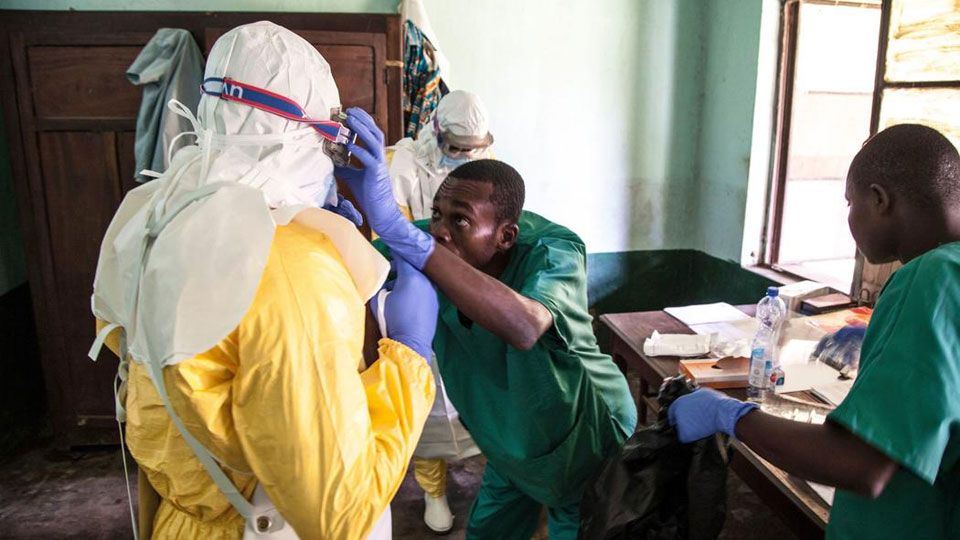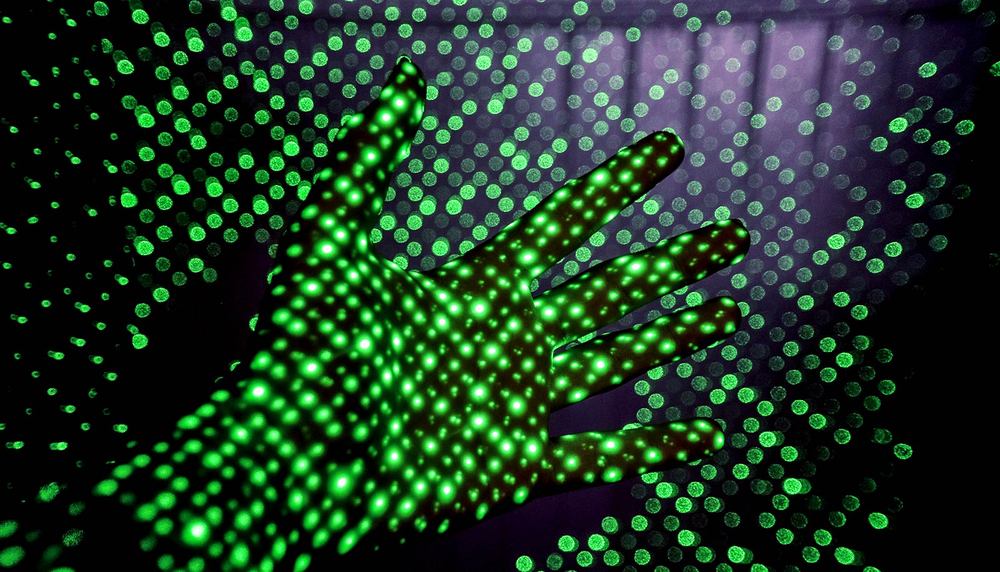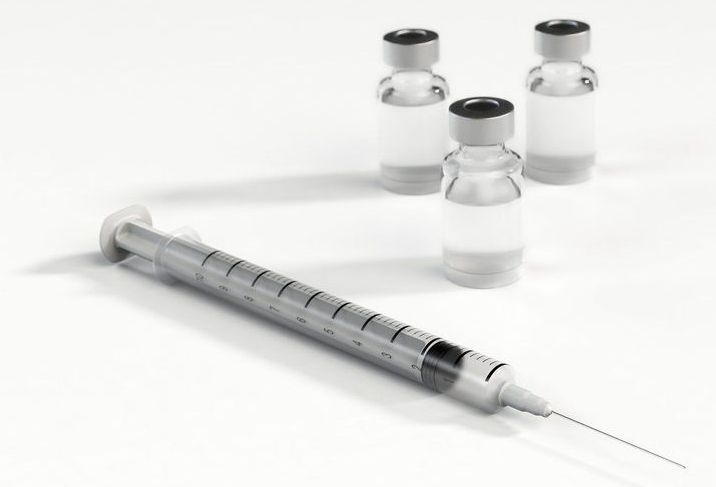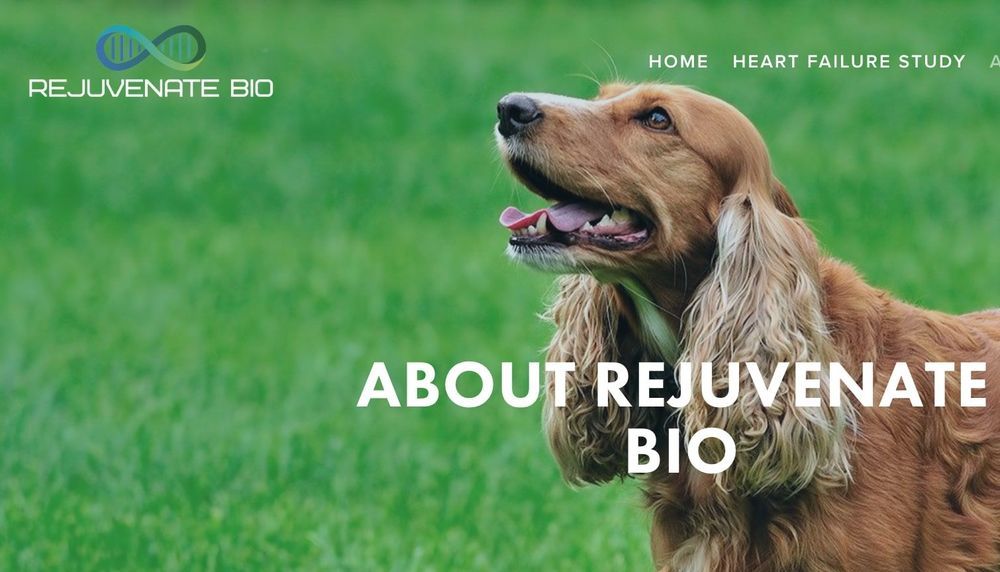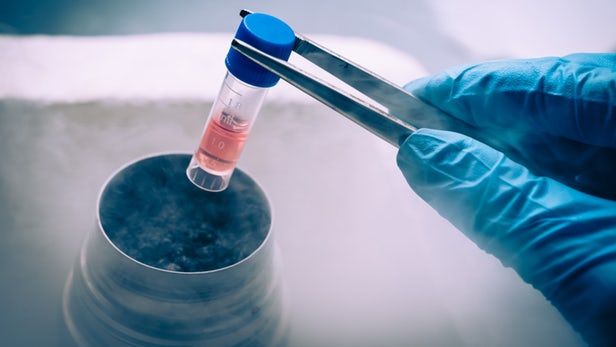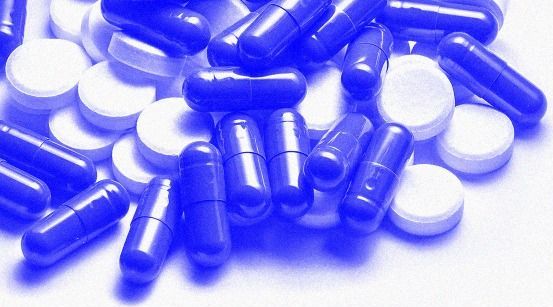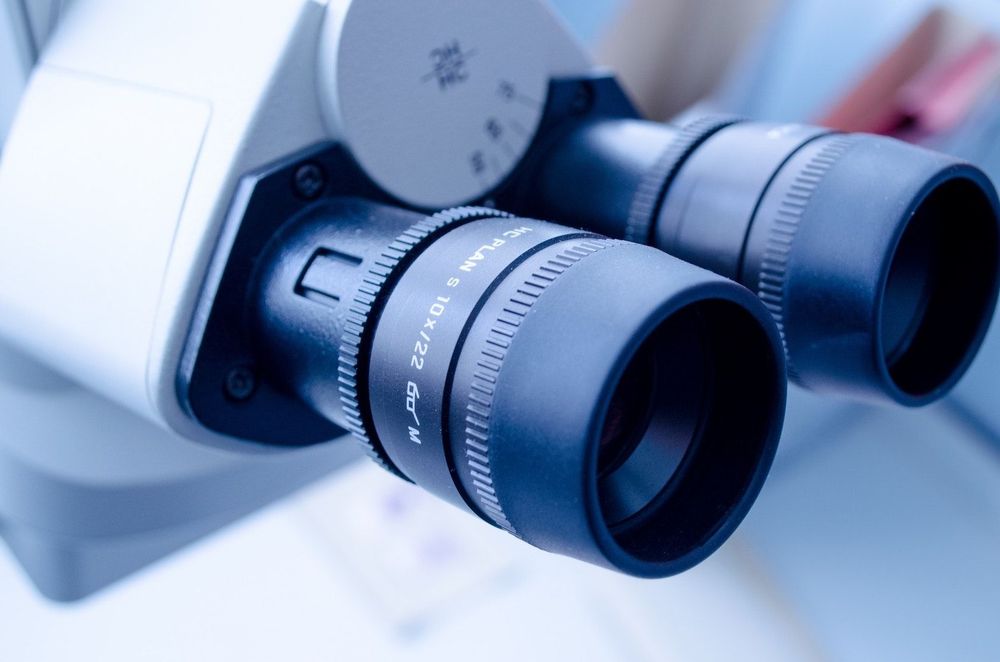JOHANNESBURG (AP) — The global health community gulped Thursday with the announcement that a case of Ebola had been confirmed in a city of more than 1 million in Congo, bringing the latest outbreak of the often deadly hemorrhagic fever out of remote rural areas. “Confirmation of urban #Ebola in #DRC is a game changer in this outbreak – the challenge just got much much tougher,” the World Health Organization’s emergencies chief, Dr. Peter Salama, said on Twitter. Here’s a look at the outbreak.
What is Ebola?
Ebola is a virus that without preventive measures can spread quickly between people and is fatal in up to 90 percent of cases. The symptoms include fever, vomiting, diarrhea, muscle pain and at times internal and external bleeding. Symptoms can start to occur between two and 21 days from infection, according to WHO.
